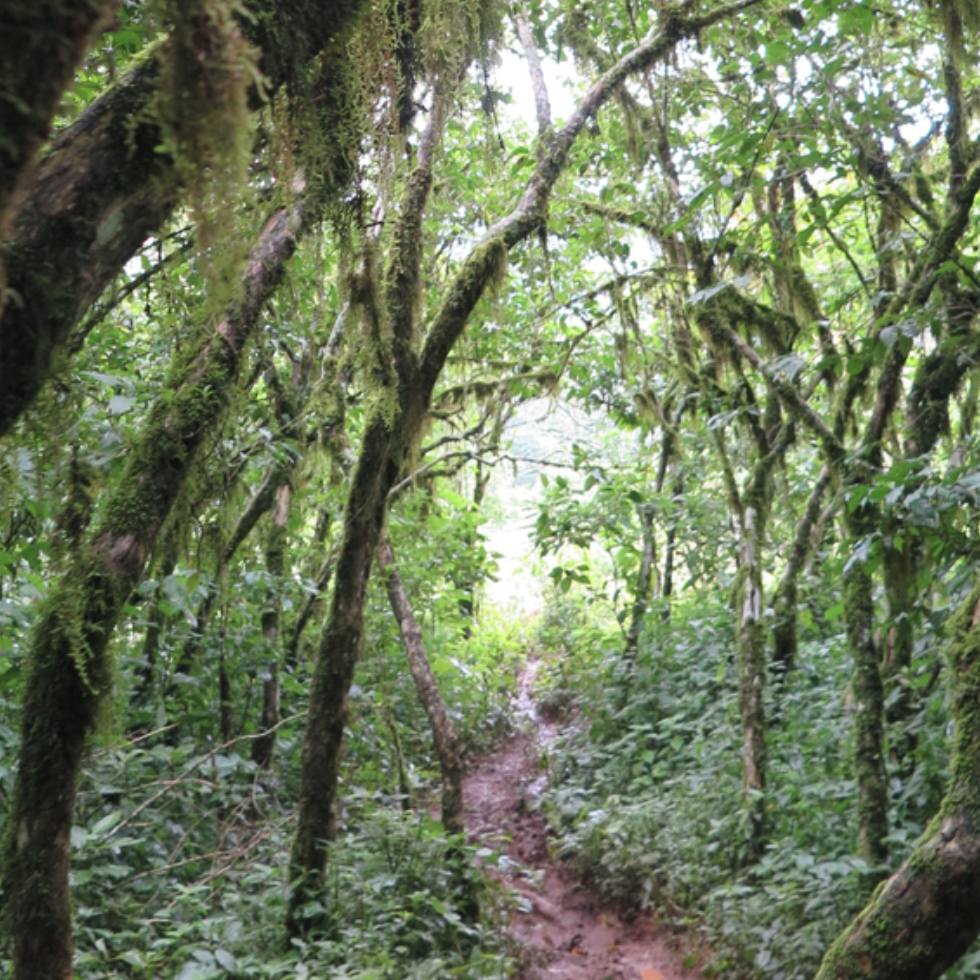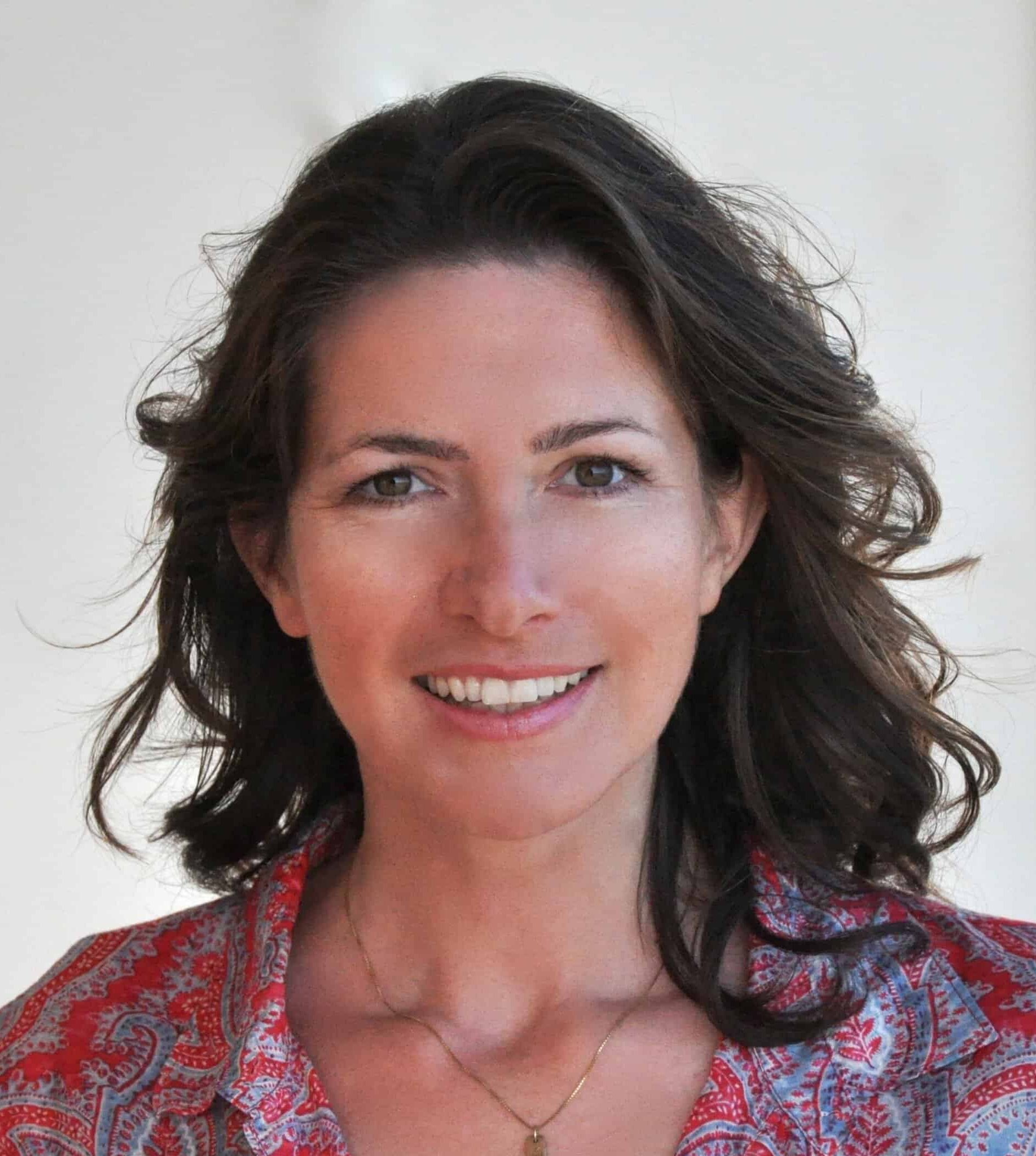If you love your morning coffee, this news should jolt you wide awake: Your coffee is threatened by climate change. “The consequences are already palpable,” says Sophie von Loeben, a climate scientist at the Potsdam Institute for Climate Impact Research in Germany. You might have already noticed the hole in your wallet, because coffee has roughly doubled in price over the last 10 years.
Surprisingly, though 130 coffee species are known to researchers, only two are commercially cultivated, arabica and its tropical cousin robusta. They are both suffering — arabica because it needs a cool climate, and robusta because it thrives with specific amounts of rain. The International Center of Tropical Agriculture has warned that half of the current cultivation areas won’t be suitable for coffee anymore by 2050. This is about more than your cup of joe: 100 million people earn their living through cultivating, harvesting or selling coffee, and the effects of climate change will impact small growers the most.
One solution is to foster more genetic diversity, especially wild coffee species that are more robust and resistant to rising temperatures, droughts and pests. In 2019, while von Loeben was working for the United Nations, she was sent to Timor-Leste, an independent state formerly occupied by Indonesia, to help local farmers develop a climate strategy for the drought. She fell in love with the country and noticed that one climate- and disease-resistant solution to the emerging coffee crisis was growing wild in the forests: Hibrido de Timor, a spontaneous hybrid of arabica and robusta that developed naturally.
Weighed down by negative news?
Our smart, bright, weekly newsletter is the uplift you’ve been looking for.“Like many people working in global aid, I was searching for the best strategy to help and am very interested in trade instead of aid, enabling the farmers to better market their products,” von Loeben says. She noticed that Timor is blessed with agricultural richness, but while coffee is the state’s most important export product, “the farmers have little access to the international market.”
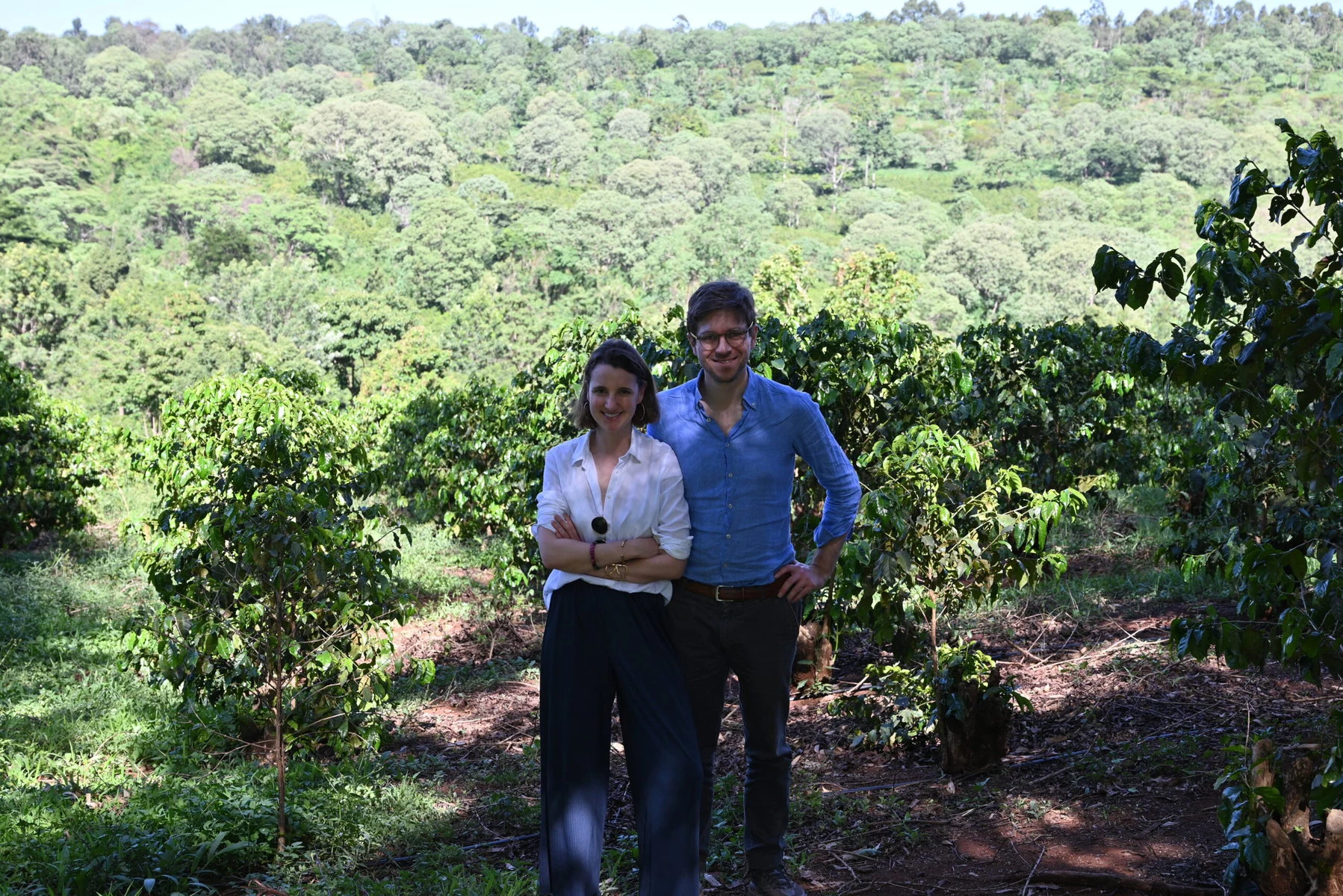
Coincidentally, her life partner, Timothy Charlton, who also worked for the UN at the time and is now a technology researcher at the University of Cambridge, attended a university talk by the former scientific director of the Royal Botanic Gardens, Kew. She mentioned that the Botanical Gardens in London had a collection of coffee beans from colonial times that had received rave reviews from farmers but had all but disappeared.
“We need to rethink the global coffee trade,” von Loeben urges, “and we need to create a market for climate-resilient varieties now.” Together, the couple decided to bring Timor’s wild beans to Europe. In 2019, they started HyCoffee, partnered with farmers, and imported one ton of the Hibrido beans that inspired the company’s name. “It’s a fantastic coffee, but somehow had a bad reputation and was sold cheaply,” Charlton learned.
Both scientists by trade and passionate coffee drinkers, they embarked on scientific research of coffee plants, their history and potential for climate change while learning the coffee trade from scratch. They hand-roasted their beans in a co-roasting space in Berlin, where they both live now, packaged them and sold them in farmers markets and online. “The customers were totally surprised, and many mentioned they had never thought about how climate change affects coffee,” Charlton says. “We realized that coffee is a great way to tell the story of climate change and its solutions. We got fantastic feedback.”
Their coffee was even served at COP27, the 2022 United Nations Climate Change Conference in Egypt. “We like to think world leaders drank our coffees and [now] understand the challenges,” von Loeben says half in jest.
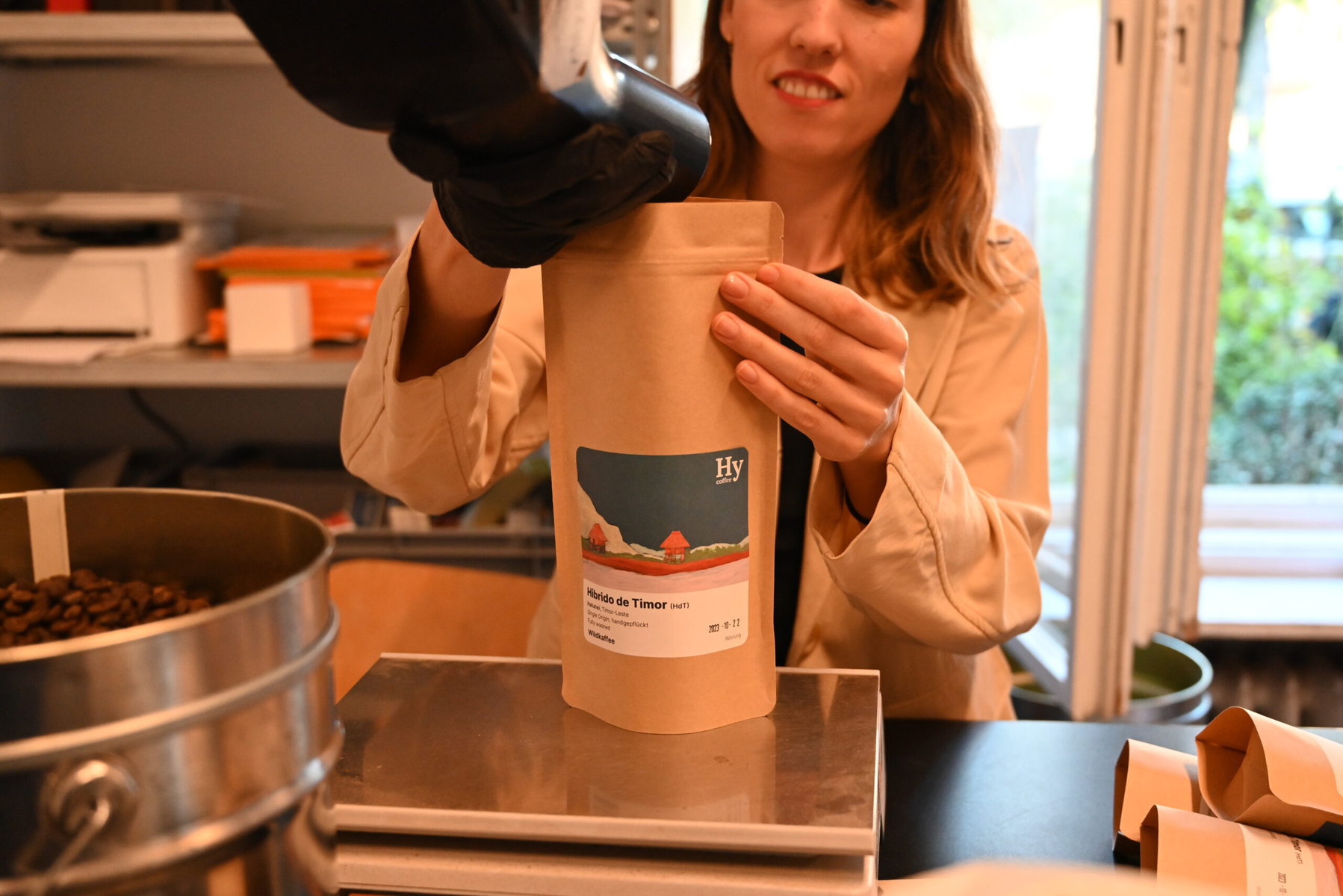
The big coffee companies are slowly waking up to the challenges, too. From the end of 2024 onward, European regulations will only allow the sales of products like coffee, soy, palm oil, cocoa and wood, when the company can prove they are not linked to deforestation. This puts pressure on the industry to find more sustainable ways. “The current system is not sustainable, secure, cost-effective, or rational,” the scientists at World Coffee Research acknowledge. The nonprofit was founded in 2012 by the coffee industry and focuses on research to “utilize the genetic resources conserved in field genebanks, in protected areas, and in the forest to develop improved varieties with drought stress tolerance, pest and disease resistance.”
It’s worth noting that 80 percent of all coffee farms are small farms, less than five acres in size. Despite coffee being one of the most valuable global commodities, 44 percent of the world’s coffee farmers live in poverty. “If you want to support them, buy your coffee from small roasters who are in direct contact with the farmers,” von Loeben advises. A third of these farmers earn less than $100 per year from coffee production, according to the nonprofit Enveritas, which aims to improve the livelihoods of small cocoa and coffee farmers. “Coffee is a plant whose history is closely interwoven with colonialism,” Charlton points out. Originally from Ethiopia, the arabica beans slowly made their way to Yemen before becoming popular in Europe from the mid-17th century onward.
For thousands of years — before coffee became an international commodity that impacts the ecological balance with its monocultures, high pesticide and water use — coffee trees were traditionally grown alongside other species in natural forests, as part of ecologically diverse systems. Such strategies could be brought back to make coffee more sustainable, von Loeben notes, “for instance, by planting shade trees and by bringing coffee back into its natural environment, which is the forest.” Experts agree with von Loeben and Charlton that this production model, called agroforestry, is the most ecologically beneficial.
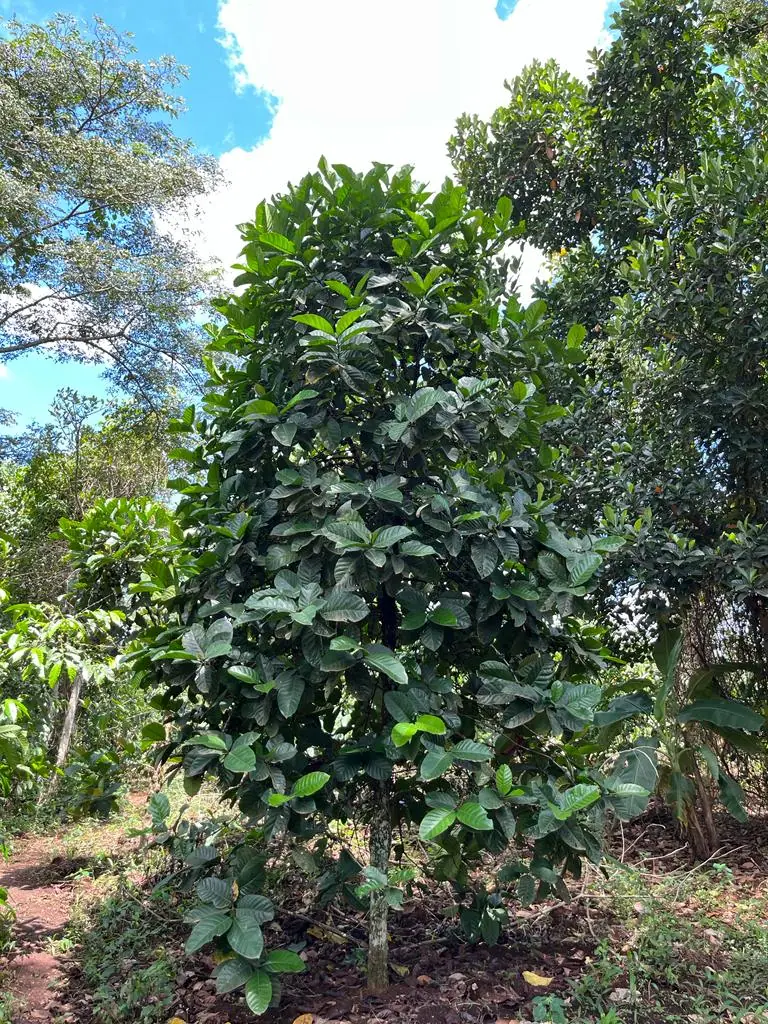
In Uganda, the couple found a lesser-known coffee species called Liberica that is grown by local farmers. It is resistant to drought and pests, but sold at low prices. “This is a missed opportunity,” von Loeben realized after spending several months in Uganda. The couple is working with Ugandan farmers to improve the crop and create a more profitable market for it. They plan to import three tons to Europe next year, if they can find financing. “It tastes a little nutty and has hardly any acid, which I appreciate,” Charlton says. “But currently coffee is scored according to a scoring system geared towards conventional types. We believe this might need to be adapted.”
Von Loeben is working on her PhD about the climate resilience of coffee and emphasizes that she has to keep her research and her coffee business separate, but she can’t wait to put her research into practice. “If all goes well, we’ll be coffee importers in the near future.”
Given that the world consumes 500 billion cups of coffee, or 22 billion tons of coffee beans, every year, one ton from Timor and three tons from Uganda might seem like just a drop in the world’s coffee pots.
“The point is to build more resilient systems for the farmers,” von Loeben says. “And to create awareness when people drink their cup of coffee. Where did it come from? Did it hurt or help the planet and the people who grew it?”





